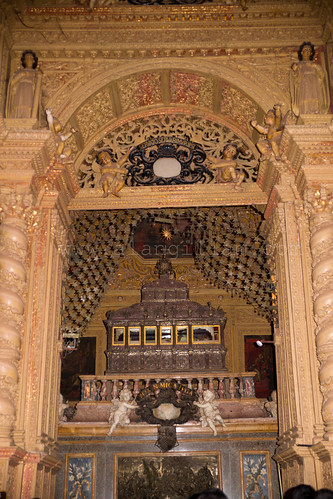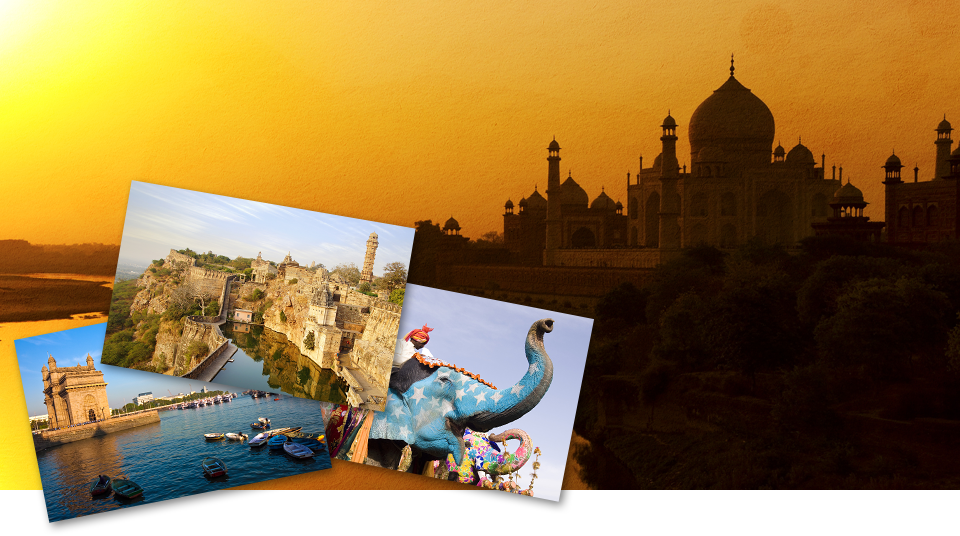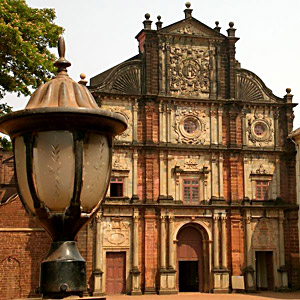Goa was twice conquered by the Mughal rulers in the 14th century and again in the 15th century while clashing against the local Hindu rulers. About 12 years after the advent of the famous Vasco da Gama in 1510, Goa came under the colonial rule of Portuguese. After many freedom struggles Goa became free once again and a part of Indian government in 1987. It is said that Goa was under the longest period of colonial influence compared to other Indian states.
Goa is teeming with wonderful architectures portraying a harmonious amalgamation of Hindu, Portuguese and Mughal styles. When it comes to the pinnacle of Goan architecture there is one particular historical attraction in Goa which must be beheld. This is none other than the Basilica of Bom Jesus. It is a UNESCO World Heritage Site located in Old Goa and is renowned as one of the sacred Catholic pilgrimage sites in India.
 The Basilica of Bom Jesus is a world famous church revered by Catholic devotees, as it houses the mortal remains of Saint Francis Xavier. The church was built from 1594 to 1605 in most breathtaking style of Baroque architecture. St. Francis Xavier is the cofounder of the Society of Jesus, also called Jesuits. After his demise in December 1552, St. Xavier’s mortal remains were first taken to Malacca and then back to Old Goa to be enshrined at this church.
The Basilica of Bom Jesus is a world famous church revered by Catholic devotees, as it houses the mortal remains of Saint Francis Xavier. The church was built from 1594 to 1605 in most breathtaking style of Baroque architecture. St. Francis Xavier is the cofounder of the Society of Jesus, also called Jesuits. After his demise in December 1552, St. Xavier’s mortal remains were first taken to Malacca and then back to Old Goa to be enshrined at this church.
The Basilica of Bom Jesus is one of the earliest churches in Goa as much as in India besides being one of the most affluent churches. Every square inch of its exterior brims with ornate decorations. Even its round and the rectangular exterior windows are surrounded by captivating relief designs. The main entrance is a lofty one flanked with ornate pillars.

The interior of the church has marble flooring studded with precious stones. As you look around your eyes will be caught by the dazzling gilded murals that adds radiance to the simplistic interior of the church. They portray the life of St. Francis Xavier. The mausoleum of St. Francis Xavier teems with striking motifs, carvings and relief decor holding a huge ornate silver casket in the middle, which holds the sacred relics.
 This is an epitome of Goan architecture, a sacred repository, a Catholic church and a historical landmark of colonial times. Visit this magnificent church in Old Goa as well as other Goan attractions while staying at one of the cosy Goa resort. The region is synonymous with beach holidays and the best way to experience this is to stay at a beach resort in Goa such as The Leela Kempinski Goa that fringes the sweeping South Goa coastline. This tastefully designed hotel offers fine golf courses all set for a tee off, complemented with the scenic Mobor Beach to watch the sunset, feel the sea breeze and unwind.
This is an epitome of Goan architecture, a sacred repository, a Catholic church and a historical landmark of colonial times. Visit this magnificent church in Old Goa as well as other Goan attractions while staying at one of the cosy Goa resort. The region is synonymous with beach holidays and the best way to experience this is to stay at a beach resort in Goa such as The Leela Kempinski Goa that fringes the sweeping South Goa coastline. This tastefully designed hotel offers fine golf courses all set for a tee off, complemented with the scenic Mobor Beach to watch the sunset, feel the sea breeze and unwind.





